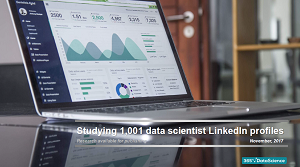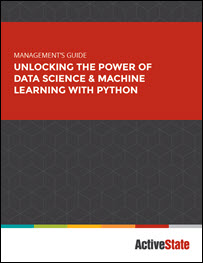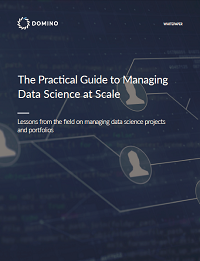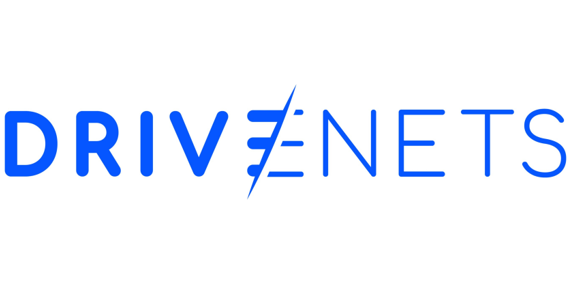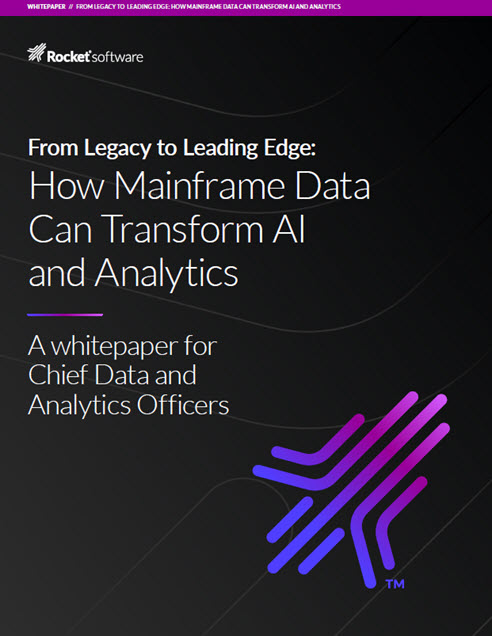In this contributed article, Dr. Ken Sanford, the US lead Analytics Architect for Dataiku, discusses how some data scientists share a deep concern for social welfare and hope to use their discoveries to promote the betterment of our world. From advancements in healthcare technology to major activist efforts, the relationship between social good and data science can be found all around us, often in ways we may not expect.
Top Skills Data Scientists Need To Learn in 2018
Data scientists are in high demand, taking the number 1 spot in Glassdoor’s Best Jobs in America list in 2016 and 2017, with 4,84 position available and boasting a median base salary of $110,000. According to Jim Webber, Chief Scientist at Neo4j, the following is a short-list of the most essential tech skills for data scientists to adopt this year.
Interview: Ida Johnsson, Ph.D. Candidate at the Department of Economics at USC
I recently caught up with Ida Johnsson, a Ph.D. Candidate at the Department of Economics at University of Southern California, to discuss how she is actively transitioning to the field of data science. This interview can serve as a compelling example for others wishing to move into the field of data science from other disciplines and explore career opportunities.
5 Misconceptions About Data Science
In this contributed article, technology writer and blogger Kayla Matthews examines the 5 most common misconceptions floating around about data science and what project administrators and business managers need to be aware of. Remember these tips before getting involved, and be sure to do the necessary research. With the right people and knowledge on your side, you’ll be on your way in no time, rocketing to success.
Operationalizing Data Science
In the video presentation below, Joel Horwitz, Vice President, Partnerships, Digital Business Group for IBM Analytics, discusses what it means to “operationalize data science” – basically what it means to harden the ops behind running data science platforms.
Research of 1,001 Data Scientist LinkedIn Profiles
Data science is a super-hot topic and the data scientist job is the sexiest job of the 21st century according to the Harvard Business Review. But how does one actually become a data scientist? 365 DataScience gathered data from 1,001 publicly listed LinkedIn profiles of data scientists and prepared a compelling report “Studying 1,001 Data Scientist LinkedIn Profiles.”
Research of 1,001 Data Scientist LinkedIn Profiles
Data science is a super-hot topic and the data scientist job is the sexiest job of the 21st century according to the Harvard Business Review. But how does one actually become a data scientist? For you it doesn’t really matter how others became data scientists. What you are interested in is whether you can become […]
Python: Unlocking the Power of Data Science & Machine Learning
Python stands out as the language best suited for all areas of the data science and machine learning framework. Designed as a flexible general purpose language, Python is widely used by programmers and easily learnt by statisticians. Download the new guide from ActiveState that provides a summary of Python’s attributes, as well as considerations for implementing the programming language to drive new insights and innovation from big data.
Sentenai Delivers Automated Data Engineering for Data Science and Machine Learning Applications
Sentenai, an emerging sensor data technology company, announced the availability of its flagship product, the Sentenai Sensor Data Cloud. By going beyond the initial harnessing of machine-based data and understanding the information that data provides, organizations can streamline their operational processes and develop predictive maintenance solutions that decrease unplanned downtime.
The Practical Guide to Managing Data Science at Scale
Our friends over at Domino Data Lab, Inc. have written a new whitepaper “The Practical Guide to Managing Data Science at Scale” that aims to demystify and elevate the current state of data science management. They identify consistent struggles around stakeholder alignment, the pace of model delivery, and the measurement of impact. The root cause of these challenges can be traced to a set of particular cultural issues, gaps in process and organizational structure, and inadequate technology.




